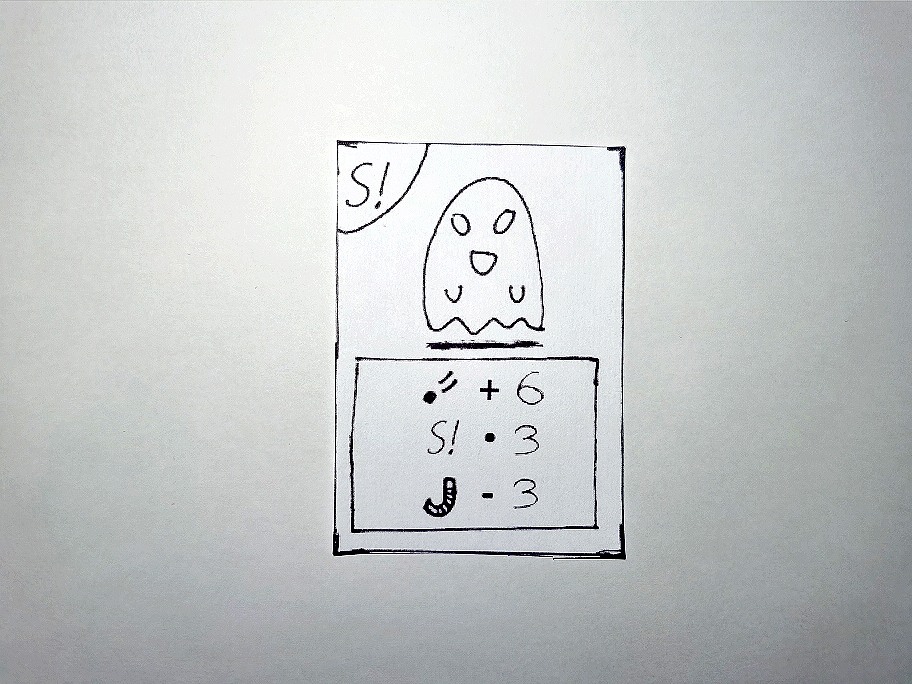
Cards Surprises!
You will hate them... or adore them..
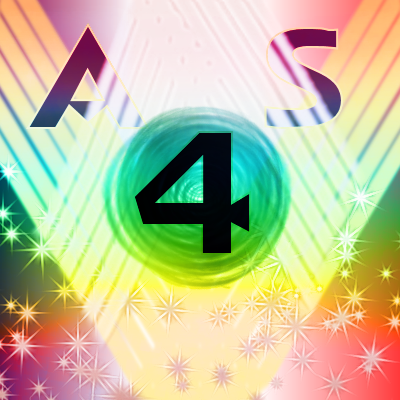
IMPORTANT: @Référence : ReprésentationTerminologie A SOLO game (also called a SOLO game) is considered when there is only you. Or you want to play the game alone. It is recommended to play at least one SOLO game without any variants in order to properly assimilate the rules of the game (and its sub-rules). /!\ Conseil /!\ @Référence : MusiqueAmbiance ULTRA-IMPORTANT: Everything that follows will always be based on the simple prescription of: "EXCEPT AS OTHERWISE INDICATED", Thus, if you have decided BEFORE the game that a situation will behave differently, apply your changes, otherwise, do not go outside the rules that follow. ULTRA-IMPORTANT: We, Arts 4 Sale have judged only for the Game Turns phases, to make references within the game rules would have a confusing effect on your on your understanding of the SOLO phases, so, we'll go to the trouble of re-explaining and adapting some of our already well-defined explanations and directions in the STANDARD part to the SOLO part. ULTRA-IMPORTANT: Unless otherwise stated, all "Tokens Masks" gain/loss effects are to be IGNORED purely and simply, since in the SOLO part, they are not used. ULTRA-IMPORTANT: Before following this chapter, you really need to have understood, read and applied these other chapters: -(1)- Play a game in solo version : { Game Objective } -(2)- Play a game in solo version : { Printing and Setup Components } If all this is clear to you... Then! Here, in every ... ... ### phase 0 ### PASSING ORDER you will learn how to define which of the CandiesCollectors... ... will take their very first turn in the game and which way the turn will go after that ... ... ah... but in a SOLO game you are alone, so it will be up to you to start, unless you have an imaginary friend to join you? ... ### phase 1 ### INITIAL MOVEMENT you will know what happens at the beginning of each of your Game Turns and what the initial move is... ... on one of the pieces of the "Game Board". ... ### phase 2 ### INTERACTION WITH THE SQUARE you will know what happens when your "Pawns Characters" (or your imaginary friend's) stop on a square ... ... on one of the pieces of the "Game Board". ... ### phase 3 ### SURPRISE! you will learn what is included in this phase which will not spice up ... ... not in a surprising way your (or your imaginary friend's) game turns, because in the SOLO game, this (phase 3) has no reason to exist. ... ### phase 4 ### END OF THE GAME TURN ! you will learn what is included in this phase which will mark... ... the end of your (or your imaginary friend's) turns or the End of the Game. Ready or set? Here we go, have fun ( and we promise to stop with the imaginary friend: we, Arts 4 Sale, just wanted to furnish a little bit the phase descriptions without removing them (in case in a future edition they could be used again) ) : ### Phase 0 ### PASSING ORDER You are the only one playing in a SOLO game, so you... Yes, you, there, YOU will start the first round of the game. Go to (Phase 1). ### Phase 1 ### INITIAL MOVEMENT 1) Be aware that every Game Turn begins with this Phase, even Game Turn number 0. 1.a) It proceeds in the same way. 2) At the beginning of the Game Turn, you must 2.a) Shuffle the pile of "Tokens Movements" before anything else. 2.b) Blindly draw a "Tokens Movements" from the "Tokens Movements" pile. 3) Once the "Tokens Movements" have been drawn you must 3.a) Observe the location of your "Pawns Characters" on the "Game Board". 3.b) Consider these situations: [1] You have a "Sheets Costumes" in your Inventory that states a modifier (gain or loss) of "Tokens Movements". ; The "Tokens Movements" modifier must be applied by the "Sheets Costumes" as described in the chapter --- Understanding, mechanic and structure of a game => [Component relative to "Sheets Costumes"]. ; Move forward your "Pawns Characters" on the piece of the "Game Board" from where your "Pawns Characters" are located ... ... by the number of squares indicated by the "Tokens Movements" thus drawn, while having previously applied the modifiers specified by the "Sheets Costumes". IMPORTANT: - It is worth remembering that if the resulting value of the "Tokens Movements" after applying the modifier from the "Sheets Costumes" is raised to 0 or less than 0, then the move will simply be cancelled and ignored. FURTHERMORE: - Any modifiers other than those related to "Tokens Movements" will be inapplicable. ( IMPORTANT: if the move cannot be started or completed in the FORWARD direction, then the move must be applied as described in the chapter --- Understanding, mechanic and structure of a game => [Component relative to "Tokens Movements"]. ) [2] You have a "Sheets Costumes" in your Inventory that does not stipulate "Tokens Movements" modifiers. ; Move your "Pawns Characters" FORWARD on the piece of the "Game Board" from where your "Pawns Characters" are located... ... by the number of spaces indicated by the "Tokens Movements" you have drawn. ( IMPORTANT: if the move cannot be started or completed in the FORWARD direction, then the move must be applied as stated in the chapter --- Understanding, mechanic and structure of a game => [Component relative to "Tokens Movements"]. ) [3] You have no "Sheets Costumes" in your Inventory. ; Move your "Pawns Characters" forward on the piece of the "Game Board" from where your "Pawns Characters" are located ... ... by the number of spaces indicated by the "Tokens Movements" you have drawn. ( IMPORTANT: if the move cannot be started or completed in the FORWARD direction, then the move must be applied as stated in the chapter --- Understanding, mechanic and structure of a game => [Component relative to "Tokens Movements"]. ) 3.c) Return the "Tokens Movements" to the "Tokens Movements" pile. 3.d) Shuffle the "Tokens Movements" pile again. 3.e) Proceed to (Phase 2). ### Phase 2 ### INTERACTION WITH THE SQUARE 1) Once you have made your move with the "Tokens Movements" you have drawn, you must now consider and analyze the square where your "Pawns Characters" are located 1.a) The square where your "Pawns Characters" have stopped is a square ~~ linked to a "Tiles Housing". These squares are structures, buildings, houses, tenements, etc., and upon arriving exactly on such a square, you have these possible options: [1] Either you decide to trigger a Gathering at Doors ; In this case, you will enter an action, which is not a phase, but a special step, see here: @`--( ACTION : Gathering at Doors )--`. In any case, after a Gathering at Doors action has ended in a "failed", "invalidated" or "successful" state, proceed to (Phase 3). [2] You decide not to trigger a Gathering at Doors ; Proceed to (Phase 3). 1.b) The square where the "Pawns Characters" stopped is a square ~~ square with an "S!" marker that you wrote yourself, remember? Do you remember? Memory coming back to you? Great. These squares are "Surprise" squares, and on arrival exactly on such a square: 1.b.a) You are required to draw the first "Cards Surprises!" ; The draw is made as stipulated in the chapter --- Understanding, mechanic and structure of a game => [Component relative to "Cards Surprises!"] 1.b.b) You must now apply the effect(s) of the drawn "Cards Surprises! ; as described in the chapter --- Understanding, mechanic and structure of a game => [Component relative to "Cards Surprises!"] ; WARNING: unless otherwise stated, all effects of gains/losses of "Tokens Masks" ... ... are to be IGNORED purely and simply, because in the SOLO part, they are not used. ; Modifiers due to the "Sheets Costumes" in the Inventory of the CandiesCollectors are NEVER applicable here. 1.b.c) After completing the application of the "Cards Surprises!" effects ; The "Cards Surprises!" must be put back into play in the "Cards Surprises!" pile. ; Placement back into play is done as described in chapter --- Understanding, mechanic and structure of a game => [Component relative to "Cards Surprises!"] 1.b.d) After the last drawn "Cards Surprises!" is returned to play, you must ; Proceed to (Phase 4). ### Phase 3 ### SURPRISE! In a SOLO game, the only opportunity to draw a "Cards Surprises! is if your "Pawns Characters" end up on a "Surprise!" square after a move on the "Game Board". The position of the "Surprise!" squares has been defined in the chapter: --- Play a game in solo version : { Printing and Setup Components }] => "Game Board" They are, remember, marked with a term: "S!" And it was you who marked them so, and thus decided at the beginning of the SOLO game which squares of the "Game Board" will be converted into a "Surprise!" square. Proceed to (Phase 4). ### Phase 4 ### END OF THE GAME TURN ! 1) This phase marks the end of the Game Round 1.a) Consider these situations: [1] If at the end of the game turn you manage to reach the victory objective defined at the beginning of the game, see chapter -- Play a game in solo version : { Game Objective } ; Then the game ends and you win and are crowned King or Queen of CandiesCollectors! [2] If at the end of the game turn, you do not manage to reach the victory objective defined at the beginning of the game, see the chapter -- Play a game in solo version : { Game Objective } ; If you have more than 0 treats in your Inventory: ; Proceed to your next Game Turn from (Phase 1). ; If you have 0 treats in your Inventory: ; Proceed to your next Game Turn from (Phase 1).

You will hate them... or adore them..
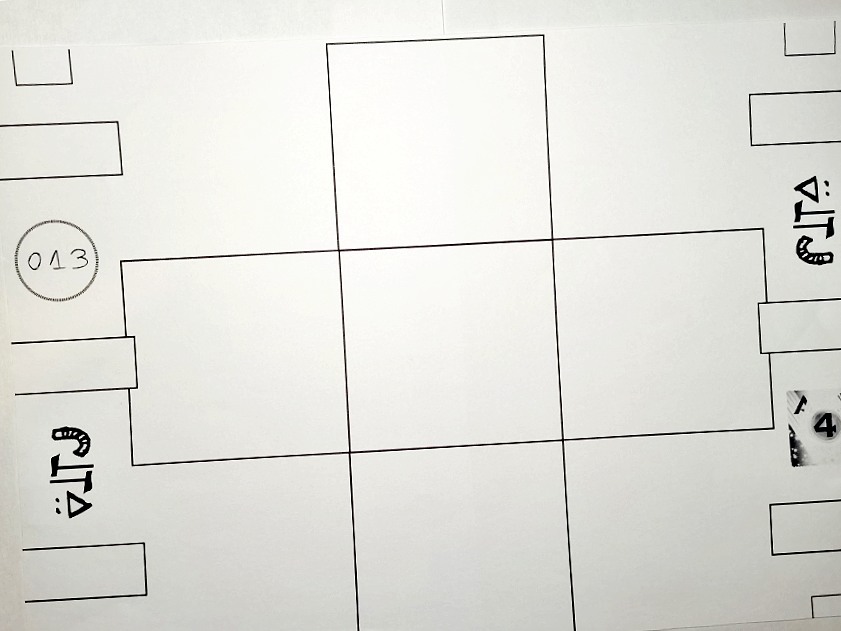
The place where you will make the 100 steps..
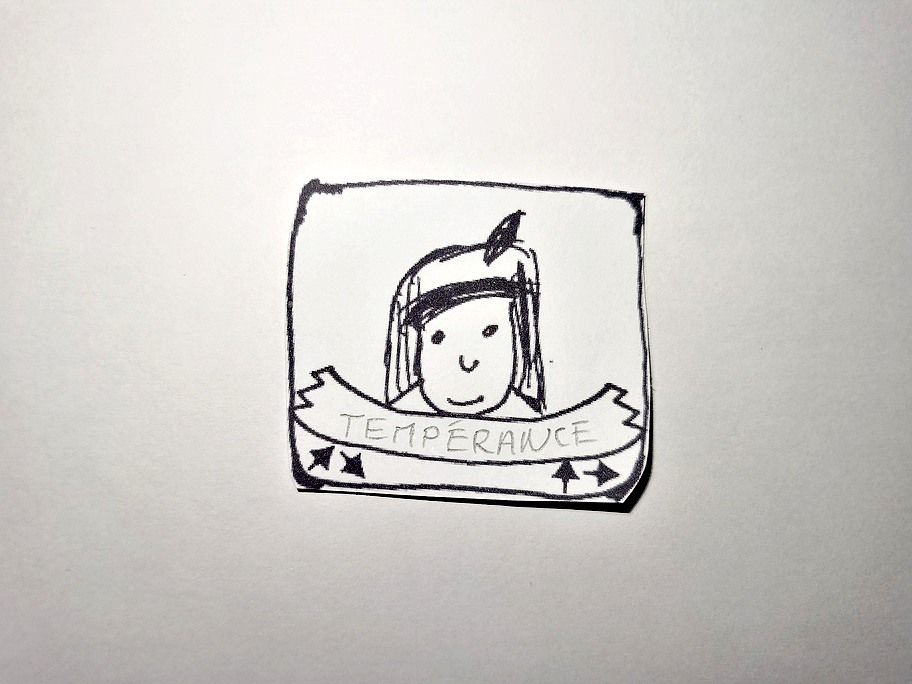
Play the role of a CandiesCollectors..
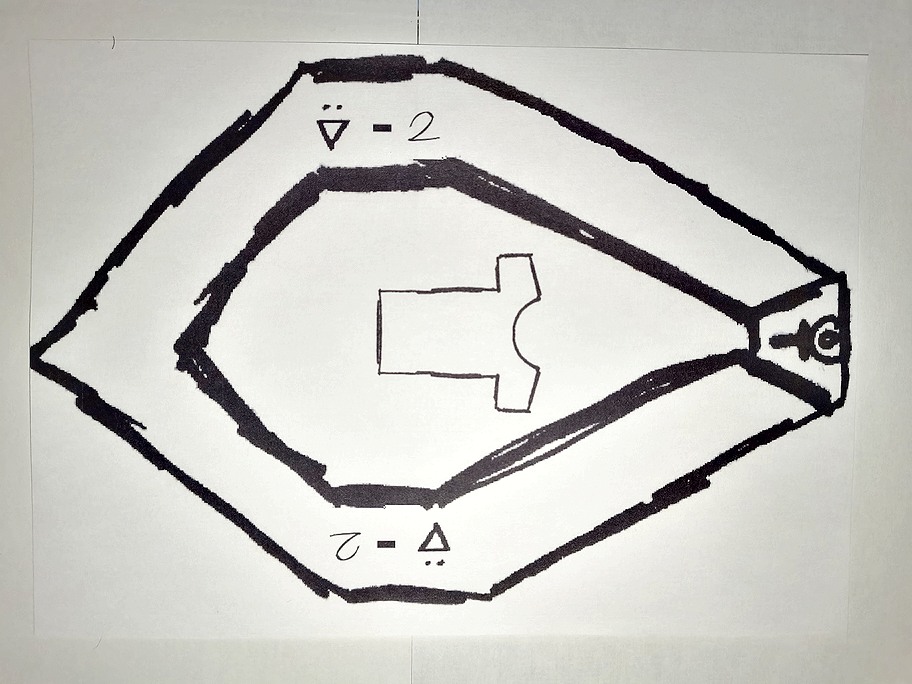
Dress up in your favorite costume..
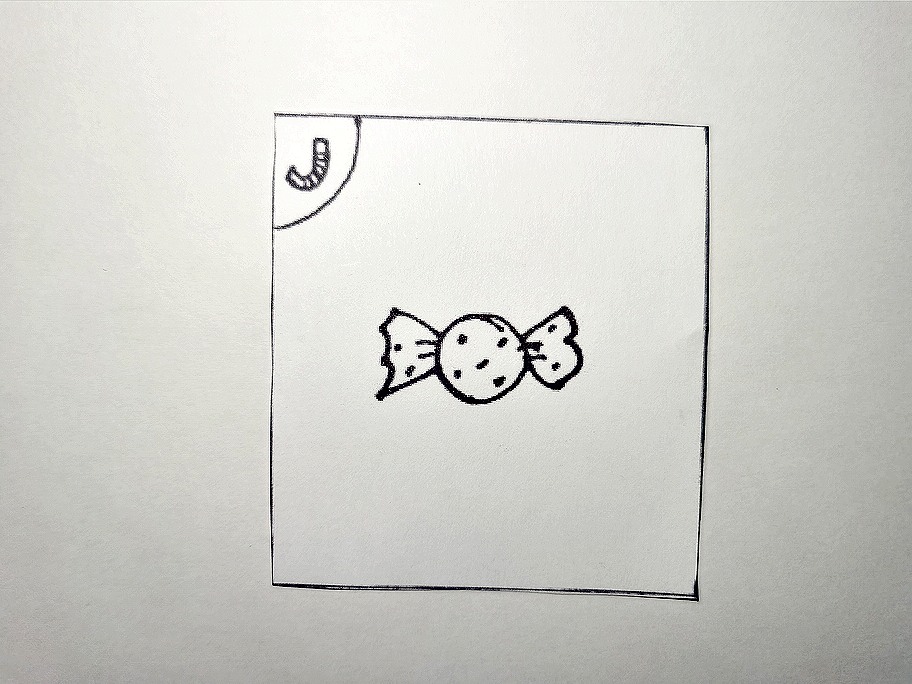
Dress up in your favorite costume..
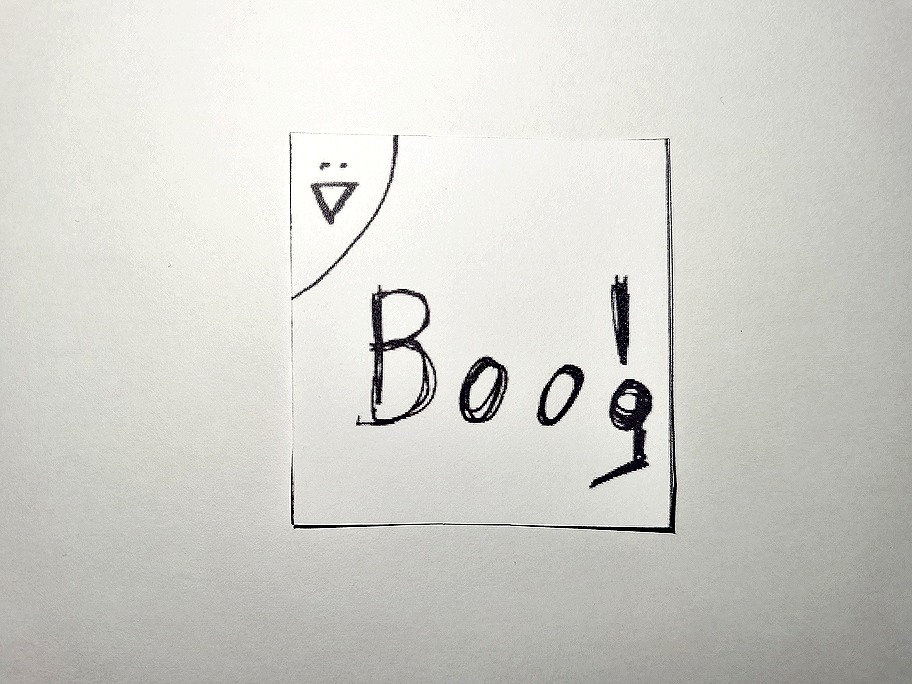
Play tricks on the townsfolk..
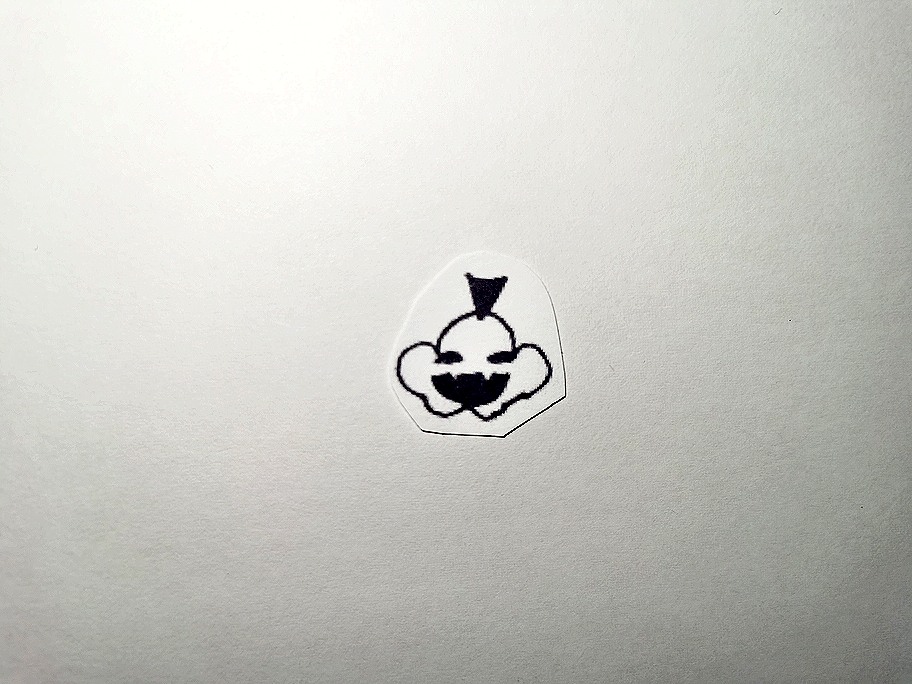
Enjoy and admire landscape and decorations..
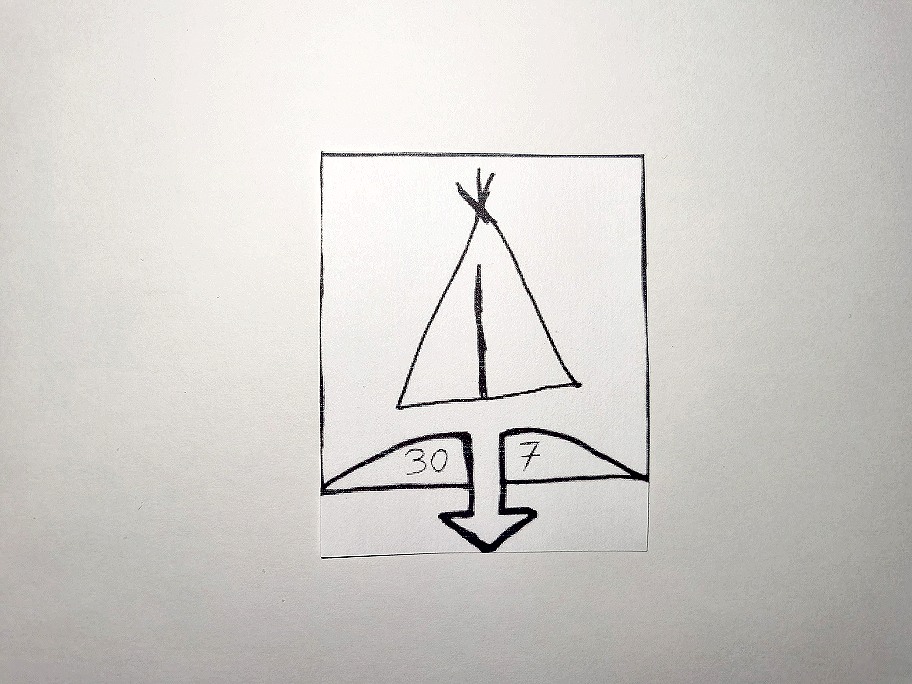
Ring the doorbell of the housings...
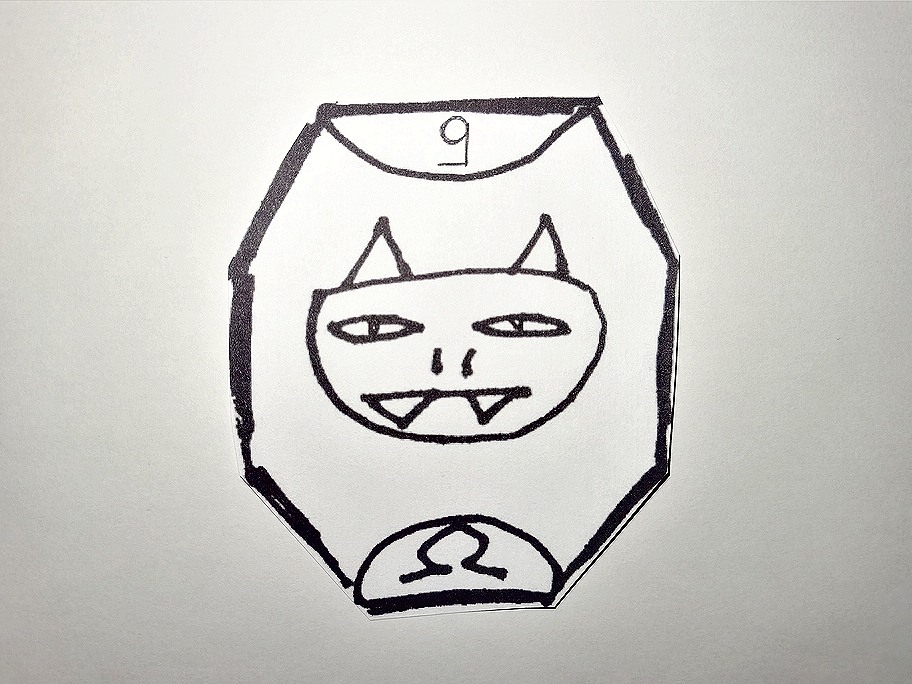
Compete with your masks against other CandiesCollectors..
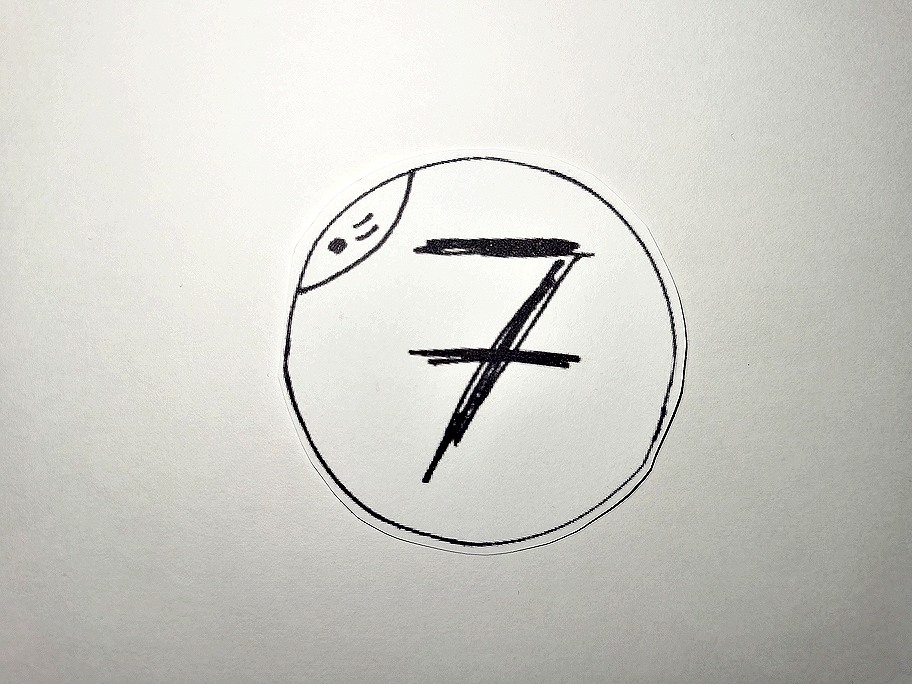
Move as soon as possible..